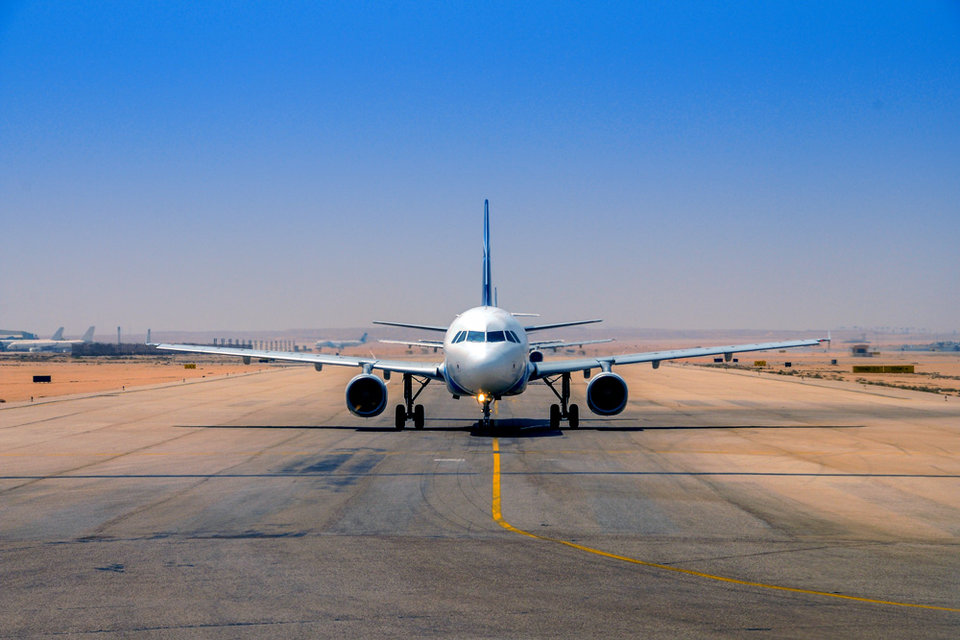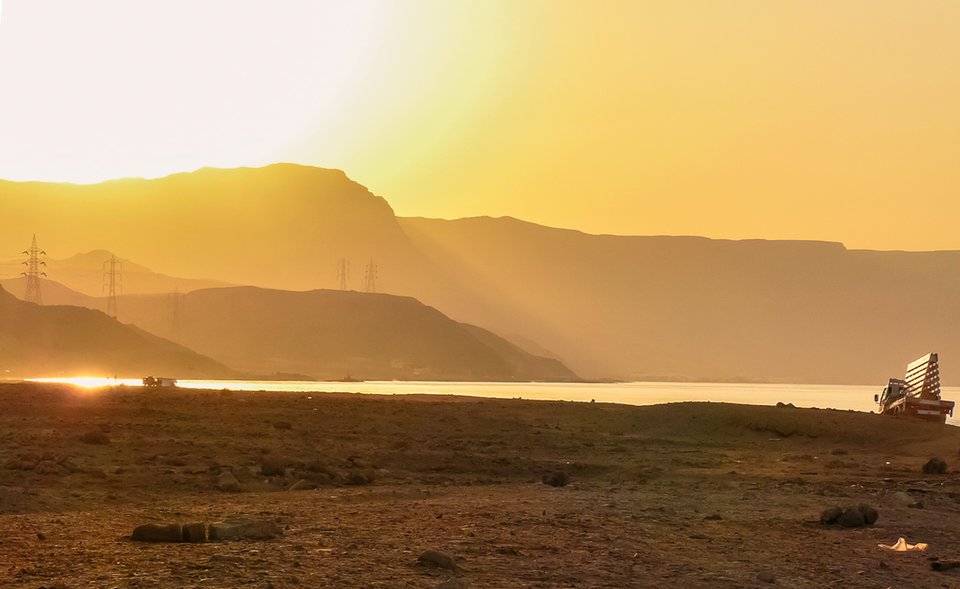Airport profile
Starting from scratch: a new airport for Egypt’s new capital city
For its new capital city, set for completion next year, Egypt recently opened a new airport for a month-long trial run. It is hoped Capital International will relieve pressure on Cairo’s existing hub while playing a role in the recovery of the country’s tourism sector, as Ross Davies reports.
Abdel Fattah el-Sisi is not the first Egyptian leader to select a new capital city for his country.
Under the pharaohs, the capital shifted several times, from Thinis to Thebes, and Memphis to Mendes. During the Greco-Roman period, Alexandria held the honour for almost 1,000 years before the Muslim conquest of Egypt in AD 641.
For the best part of the last millennium, however, Cairo has been Egypt’s first city – but not for much longer. Since 2016, the Sisi administration has been overseeing the creation of a new administrative capital in the desert sands some 50km to the east.
The rationale for change is quite simple, according to the government. For all its historic charm, the city of a thousand minarets – as Cairo is affectionately known – has become too ugly, too noisy and too congested. Its 23 million people – of whom many endure poor housing conditions – deserve a new capital.
That’s how the rhetoric goes, at least. While several aspects of the new purpose-built capital remain unknown – it is as yet unnamed – what we can be more certain of is that it will be joined by a new international airport.
Image courtesy of
Dry run: the recent trial at Capital International Airport
Known as Capital International Airport, the hub opened its doors for a one-month trial period in July. The plan, aviation minister Younis Al-Masry told a press gathering at the time, is to relieve the pressure on Egypt’s existing airports – Cairo International and Sphinx International. The latter only opened in January.
Located some 70km to the east of Cairo, Capital International operated domestic flights during the trial month, supporting capacity of close to 300 passengers an hour. According to the Egyptian Civil Aviation Authority, the new airport will house 45 buildings, including a 5,000m2 main terminal.

An aircraft preparing to take off from Cairo International Airport.
According to local reports from the time, much of the new airport’s infrastructure is well in place, from departure and arrival halls to passport counters, duty-free shops and luggage areas.
Aviation authorities have also emphasised that it will be technologically advanced, featuring state-of-the-art security systems and X-ray baggage inspection. Initially servicing 15 flights a week, there is room to expand the airport in the future if needed.
Eero Knuutila is Head of Service Development at Helsinki Airport.
Image courtesy: Helsinki Airport
The new airport will house 45 buildings, including a 5,000m2 main terminal
“A new outlet”: boosting tourism in Cairo
While it may be associated with Egypt’s new city, Capital International will be a “a new outlet for Cairo specifically”, stated Al-Masry. Namely, it will connect the east of the existing capital, alongside cities lying along the Suez Canal.
Irrespective of the new capital city – which critics fear will be unaffordable for ordinary Egyptians and create a white elephant in the desert – the creation of a new airport makes some sense.
Cairo International has never threatened to top any world’s best airport polls. According to a recent study carried out by luggage storage network Stasher, it is one of the worst airports when it comes to flight delays. A visit to TripAdvisor carries woeful tales of “chaos” and long queues.

Cairo International Airport in 2014. Image: MikeDotta / Shutterstock.com
The new airport also coincides with the ongoing recovery of Egypt’s tourism industry, which, according to the World Travel & Tourism Council (WTTC), is as healthy as it’s been since the violence and political instability that followed the 2011 revolution. In 2018, the country’s tourism sector grew by 16.5%, compared to a global average of just 3.9%.
Having been frightened off for so long, international visitors are returning to Egypt’s shores, buoyed by an improved security infrastructure. Popular destinations, such as the resort town of Sharm El Sheik and the Pyramids of Giza, are now enjoying an influx of visitors that is almost comparable to pre-2011 levels.
Given that travel and tourism are responsible for 9.5% of all Egypt’s employment, supporting 2.5 million jobs, this upward trend cannot be underestimated. While some carriers remain circumspect (in the same month Capital International was trialled, British Airways and Lufthansa suspended flights due to unspecified “security concerns”), the future of Egypt’s tourism industry is comparatively bright.
International visitors are returning to Egypt’s shores, buoyed by an improved security infrastructure
Industrial and logistics hub: the Suez Canal Economic Zone
The new airport, therefore, could represent a vital cog in the Egyptian tourism engine. It also doesn’t necessarily spell out an inferior status for Cairo International. To the contrary, in October, the Egyptian government announced plans to build a fourth terminal at the airport, which could take its capacity to 30 million passengers a year.

Al Ain Al Sokhna beach in Egypt.
Tourism aside, authorities are hoping Capital International will also tie into the development of the strategically important port of Ain Sokhna, which sits within the Suez Canal Economic Zone (SCEZ). Launched in 2015 – and already the recipient of sizeable investment from China – Egypt has high hopes that the new industrial and logistics hub will drive further economic growth.
Having laid the first stone in the new capital city in 2018, President Sisi has said the new capital will be open by mid-2020. As for Capital International, no further reports have emerged of when we can expect it might open its doors. Egypt’s Civil Aviation Authority could not be reached for comment.
Authorities are hoping Capital International will also tie into the development of the strategically important port of Ain Sokhna